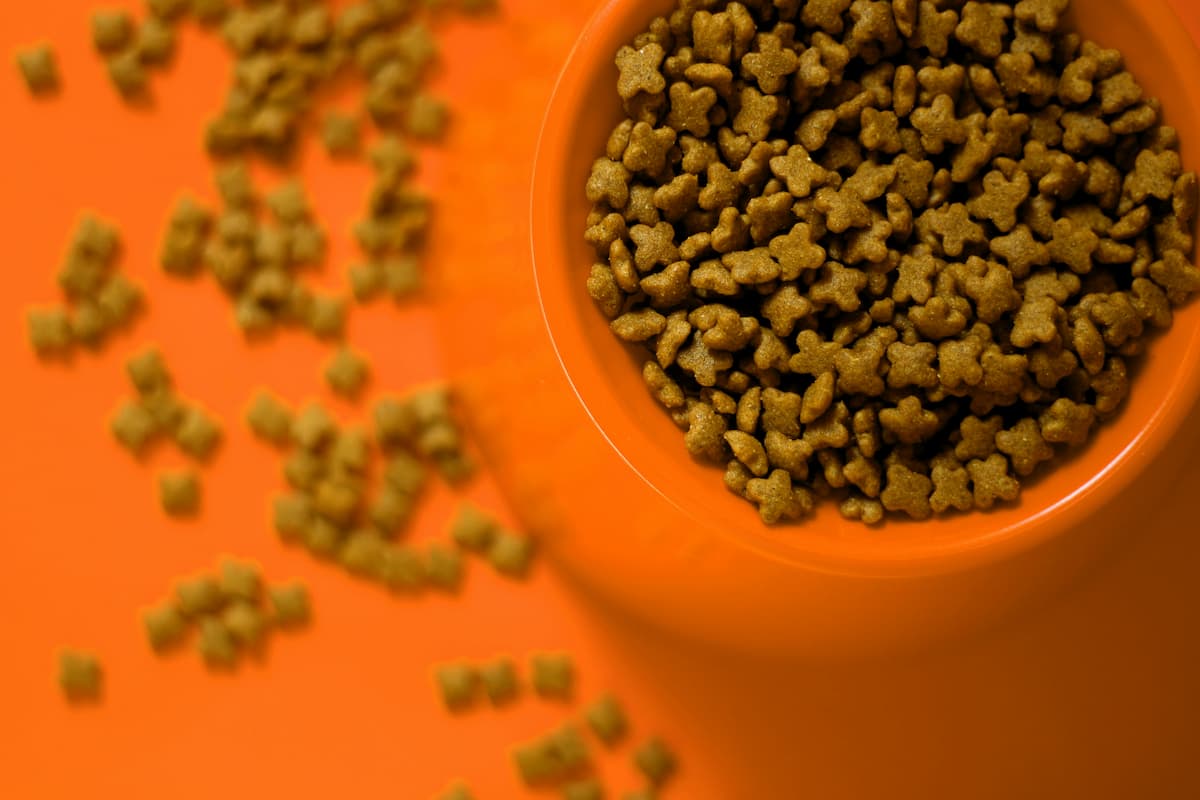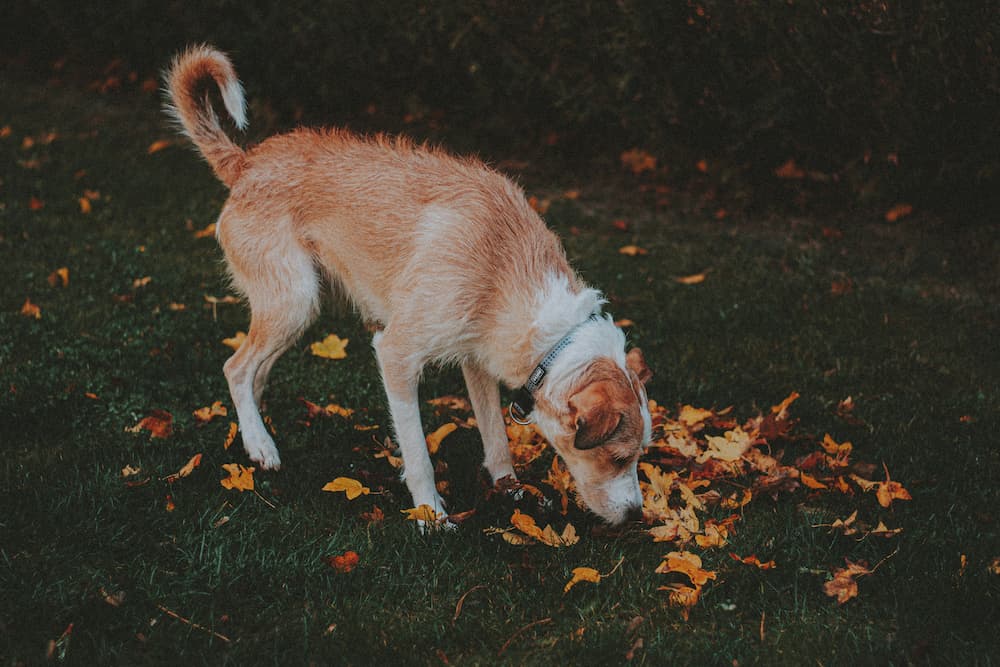Your dog’s tail wags wildly at dinner time—until you open a new bag of kibble. Suddenly, they sniff and walk away. Abruptly changing dog food can upset their stomach (or their trust!), but with the right approach, transitioning dog food can be smooth and stress-free. Whether you’re switching dog food due to age, health needs, or dietary preferences, this guide ensures your furry friend thrives.

Why Should You Change Your Dog’s Food?
There are several common, reasonable reasons to consider changing your dog’s food:
1. Life stage or physiological needs. Puppies, adults and senior dogs have different calorie and nutrient needs. Large-breed puppies and highly active adults often need different formulations than small or less-active dogs. Moving from puppy to adult food or selecting a therapeutic diet for medical conditions are valid reasons to change.
2. Health problems or vet recommendation. If your dog develops allergies, chronic ear infections, pancreatitis, obesity, kidney disease, or other conditions, your veterinarian may recommend a prescription or elimination diet. Always follow vet guidance for these changes.
3. Food availability, recalls, or discontinuation. Occasionally brands recall products or stop making a formula. In urgent cases (recall, sudden shortage, or a medical reason), a quicker switch may be necessary, but still done carefully where possible.
4. Palatability, picky eating, or affordability. Some dogs suddenly refuse a brand, or owners choose a diet that better fits budget or lifestyle (e.g., fresh/ refrigerated diets). Choosing a nutritionally complete food that your dog will eat consistently is essential.
5. Ingredient or quality preferences. Owners often switch because they want fewer fillers, more whole-food ingredients, or to avoid certain proteins. Remember: the most important thing is balanced nutrition—look for an AAFCO statement or vet recommendation.
Changing dog food is common and often beneficial when done thoughtfully. The key is to match the diet to your dog’s life stage, health status, and tastes—and to transition in a way that minimizes stomach upset.
Signs That You Should Switch Dog Food
You don’t need to change diets unless there’s a reason, but watch for these signs:
If you notice any of the above, consult your veterinarian before changing food—some signs overlap with illnesses that need medical attention.

How Do You Transition Dog Food Safely?
The key to transitioning dog food without upsetting their stomach is a gradual, 7–10 day process. Rushing this step is the biggest mistake pet parents make. This is the gradual approach most vets and nutritionists recommend to minimize digestive upset.
During this period, keep portions consistent with their usual intake to avoid overfeeding. Avoid adding treats or table scraps, as extra ingredients can complicate digestion. If your dog has a sensitive stomach, extend the transition to 14 days.Replace only 10–15% every 2–3 days and ensure fresh water is available to aid digestion. Monitor stool consistency and appetite closely.
When Should You Slow Down or Call the Vet During a Food Switch?
Slow the transition or contact your veterinarian if you observe:
If minor loose stools appear, slow the pace: hold at the last tolerated mixing ratio for a few more days before increasing the new food. When in doubt, call your vet—especially for puppies, seniors, or dogs with known health issues.

Conclusion
Changing your dog’s food is a normal part of pet care—whether due to life stage, health needs, or personal preference. The safest approach for most dogs is a gradual 7–10 day transition, with slower pacing for sensitive dogs. Monitor appetite, stool, energy, and skin, and keep your veterinarian in the loop for any concerns. Using measured portions, consistent mealtimes, and a simple log will make the process smoother. With patience and vet-backed steps, transitioning dog food can become a low-stress routine that supports your dog’s long-term health.
FAQ
How long does it take to transition dog food?
Most dogs adjust in 7–10 days. For puppies, seniors, or dogs with sensitive stomachs, extend to 10–14 days to avoid upset.
Should I switch up my dog’s food every now and then?
Here’s no need to switch arbitrarily. Only change dog food if your vet recommends it, your dog shows signs of dissatisfaction, or their needs (like age or health) change. Frequent switching can disrupt digestion.
How to transition dog from 2 to 1 meal?
Gradually reduce the smaller meal’s portion over 1–2 weeks while increasing the remaining meal. For adult dogs, this works, but puppies under 6 months need multiple meals—ask your vet first.
What happens if you transition dog food too quickly?
Rapid switching often causes digestive upset: diarrhea, vomiting, gas, or bloating. It can also lead to nutrient malabsorption, as their gut can’t process new ingredients efficiently.


